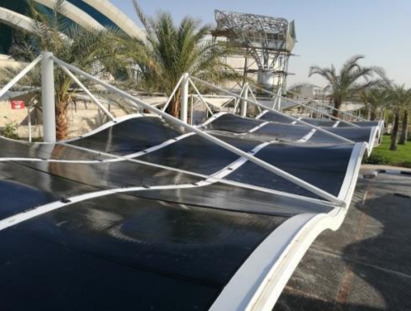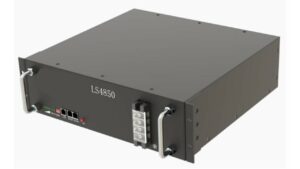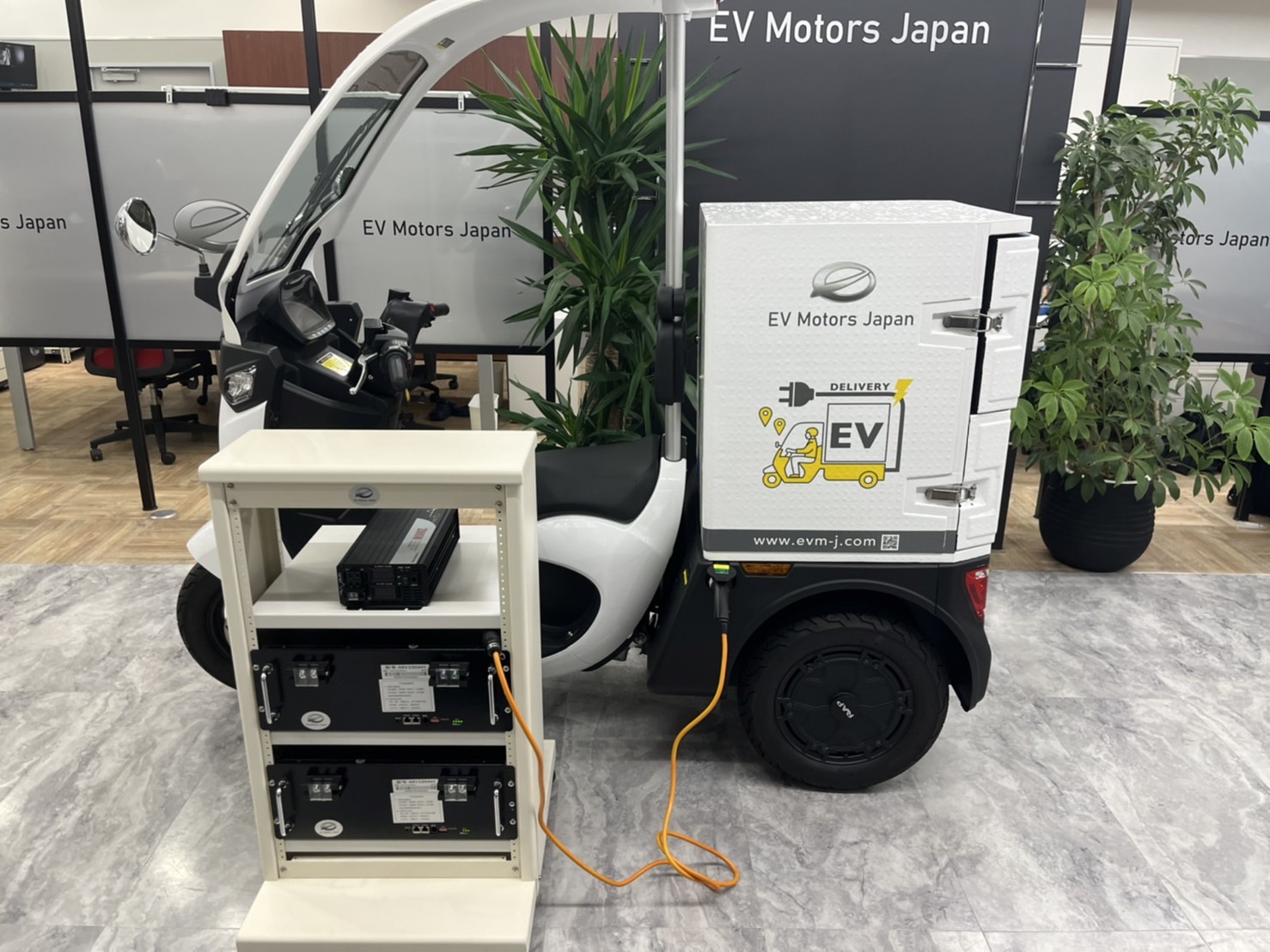Proposal to achieve zero emissions through the use of flexible solar panels and reusable batteries
Proposal to achieve zero emissions through the use of flexible solar panels and reusable batteries
Next Generation CIGS Lightweight Flexible Solar Panels
Thin, lightweight, and flexible solar panels can be mounted on vehicles and installed on construction to serve as auxiliary power sources and contribute to zero-energy systems.
Ultra-lightweight, ultra-thin flexible solar panels
 Ultra-lightweight and ultra-thin solar panels are realized by applying glass materials. Compared to conventional glass substrate solar panels, it is one-sixth the weight and only 1-2 mm thick, thus minimizing the load on vehicles, buildings, and other structures when solar panels are mounted. Furthermore, its high flexibility allows it to be molded into any shape (shape, length, width), making it possible to mount it on buildings and other structures that require large, complex shapes and design.
Ultra-lightweight and ultra-thin solar panels are realized by applying glass materials. Compared to conventional glass substrate solar panels, it is one-sixth the weight and only 1-2 mm thick, thus minimizing the load on vehicles, buildings, and other structures when solar panels are mounted. Furthermore, its high flexibility allows it to be molded into any shape (shape, length, width), making it possible to mount it on buildings and other structures that require large, complex shapes and design.
Superior Performance
 Power to weight ratio is up to 20 times higher than normal solar panels and maintains high power generation efficiency for vertical installations, partial installations, partial shade, and temperature rise. 5-year product warranty and 10-25 years power loss warranty. IEC and UL certified to ensure reliability and safety. Furthermore, when used in combination with storage batteries, it can be used as an emergency power source in the event of a disaster.
Power to weight ratio is up to 20 times higher than normal solar panels and maintains high power generation efficiency for vertical installations, partial installations, partial shade, and temperature rise. 5-year product warranty and 10-25 years power loss warranty. IEC and UL certified to ensure reliability and safety. Furthermore, when used in combination with storage batteries, it can be used as an emergency power source in the event of a disaster.
Reused battery
Engineering proposals for power stabilization and zero-energy by introducing energy storage systems. We will work to respond to the rapid shift to EVs and reduce electricity rates.
Need for reused batteries
 The shift to EVs is proceeding in earnest in order to achieve CO₂ reduction targets. The shift to EVs requires simultaneous planning for power stabilization and energy management, as many EVs will start charging at the same time, which may cause the power system to collapse due to extreme power peaks.
The shift to EVs is proceeding in earnest in order to achieve CO₂ reduction targets. The shift to EVs requires simultaneous planning for power stabilization and energy management, as many EVs will start charging at the same time, which may cause the power system to collapse due to extreme power peaks.
Utilization of reused batteries
 Batteries that have completed their role as the main power source can be combined and used as an auxiliary power source.
Batteries that have completed their role as the main power source can be combined and used as an auxiliary power source.
Furthermore, when solar panels and battery units are combined and installed for energy conservation and power stabilization, it is possible to receive subsidies, making the system installation even more cost-effective.
